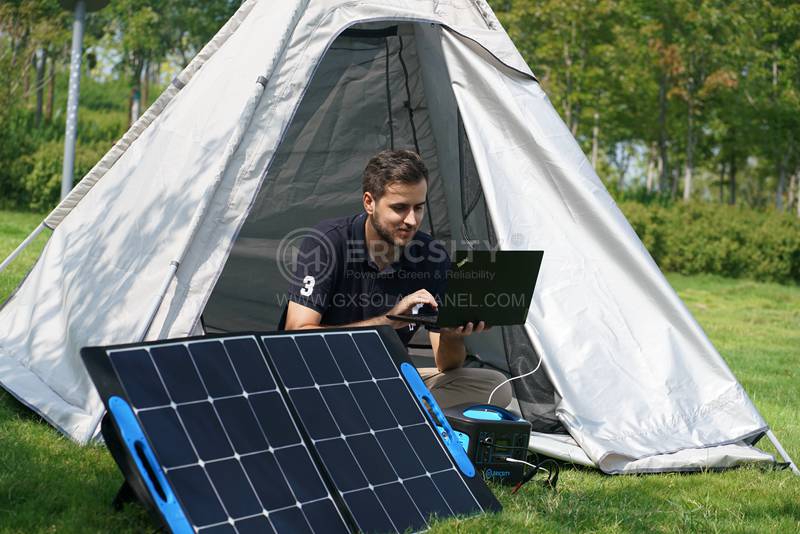HOT PRODUCT
Product Details
The Science Behind 12 Volt Folding Panels: How They Generate Power
The Science Behind 12 Volt Folding Panels: How They Generate Power
The use of solar panels has rapidly gained popularity over the past decade, with more and more individuals and businesses turning to this sustainable energy source. Among the various types of solar panels available, 12 volt folding panels have become a popular choice due to their convenience and efficiency. In this article, we will explore the science behind 12 volt folding panels and how they generate power.

Solar panels work on the principle of converting sunlight into electricity by utilizing the photovoltaic effect. This phenomenon was discovered by French physicist Edmond Becquerel in 1839 and has since been harnessed and refined to create efficient solar panels. The photovoltaic effect involves the ability of certain materials, known as semiconductors, to convert light energy into electrical energy.
12 volt folding panels typically consist of several key components. The first component is the semiconductor material, which is usually made of silicon. Silicon possesses the necessary properties to efficiently convert sunlight into electricity. The semiconductor material is divided into two layers: the n-type layer, which has an excess of electrons, and the p-type layer, which lacks electrons. This creates an electric field at the junction between the two layers.
Next, the 12 volt folding panels are equipped with a set of conductive metal plates, known as electrodes. The top electrode is usually made of a thin layer of transparent material such as indium tin oxide, allowing sunlight to pass through. The bottom electrode is typically made of aluminum or silver and serves as a contact point for the generated electricity.
When sunlight hits the surface of the solar panel, the photons (particles of light) interact with the semiconductor material. This interaction causes the outermost electrons in the silicon atoms to be released from their atomic orbits, creating electron-hole pairs. The electric field at the junction between the n-type and p-type layers then separates the electrons and holes.
The separated electrons are drawn towards the n-type layer and are forced to move through an external circuit, such as a battery or an electrical appliance. This flow of electrons creates an electric current, which is the usable form of electricity produced by the solar panel. Meanwhile, the separated holes move towards the p-type layer and eventually recombine with electrons, completing the cycle.
To maximize the efficiency of 12 volt folding panels, various techniques are employed. One important factor is the surface area of the solar panel. By increasing the surface area, more sunlight can be captured and converted into electricity. This is achieved through the use of multiple interconnected solar cells, which are wired in series or parallel to increase voltage or current, respectively.

Another technique is the use of anti-reflective coatings on the surface of the solar panel. These coatings minimize the reflection of sunlight, allowing a larger percentage of photons to be absorbed by the semiconductor material. By maximizing photon absorption, more electrons can be released, resulting in a higher electrical output.
Furthermore, the design of 12 volt folding panels allows for flexibility and portability. The folding mechanism allows the solar panel to be easily transported and positioned to maximize sunlight exposure. This flexibility, combined with the efficient generation of electricity, makes 12 volt folding panels suitable for a wide range of applications, such as camping, hiking, and outdoor activities.
In conclusion, 12 volt folding panels harness the photovoltaic effect to convert sunlight into electricity. By utilizing semiconductor materials, an electric field, and a well-designed electrode system, they generate a usable electric current. The science behind 12 volt folding panels highlights the incredible potential of solar energy as a sustainable power source, offering a clean and renewable alternative to traditional electricity generation.




